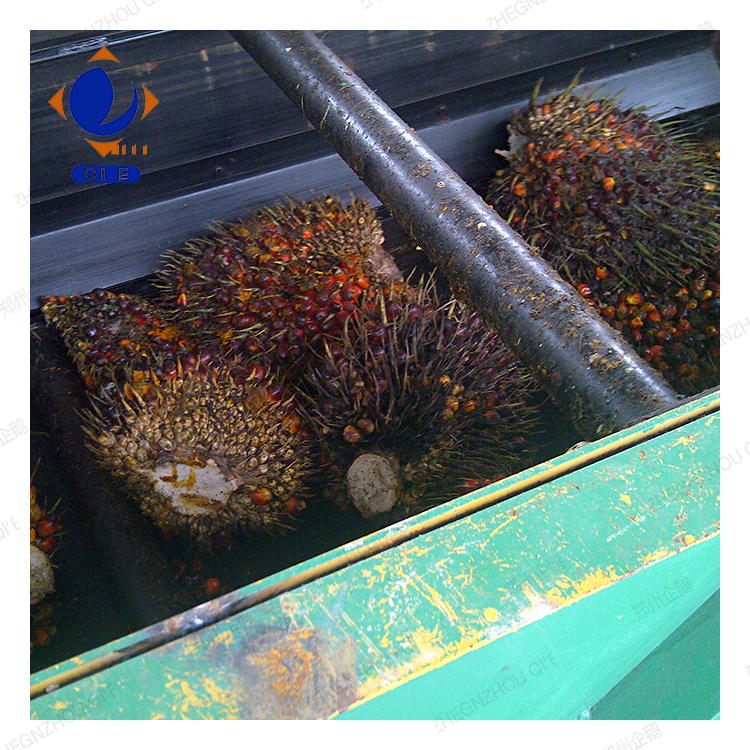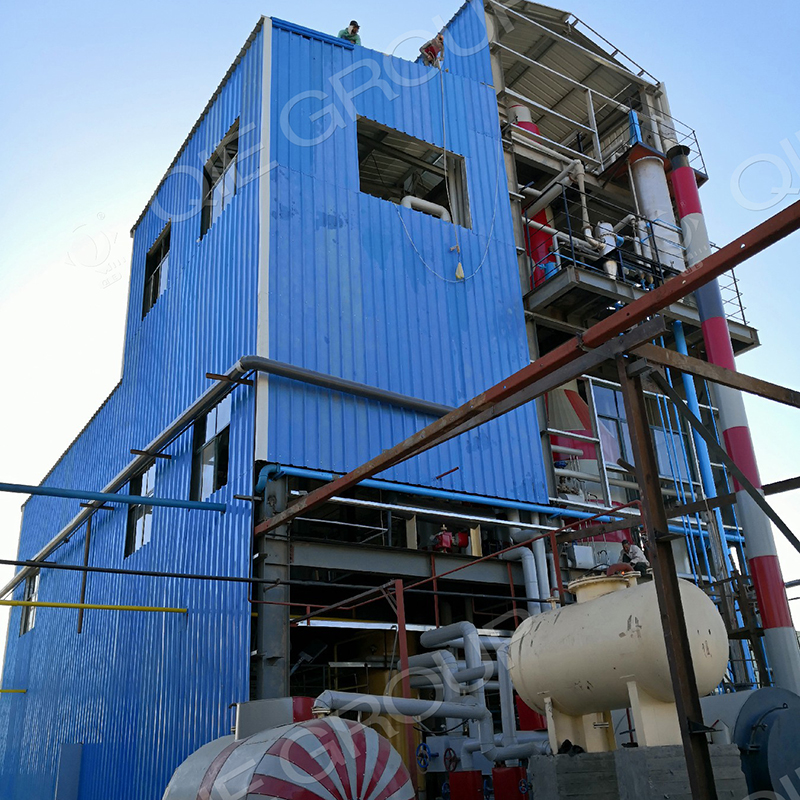
Sunflower seed oil is a popular choice in both the food and industrial sectors due to its health benefits and versatile applications. This article will take you through the six - core processes of sunflower seed oil production, offering in - depth insights into the equipment, techniques, and strategies to enhance production efficiency and product quality.
The first step in sunflower seed oil production is cleaning the seeds. A seed cleaning machine is used to remove dirt, stones, and other foreign materials. In a real - world scenario, a medium - sized oil mill reported that by effectively using a high - quality seed cleaning machine, the impurity level in the seeds was reduced from 5% to less than 1%. This not only improves the quality of the final product but also reduces wear and tear on subsequent equipment. The key operation point is to adjust the sieve size according to the seed size to ensure thorough cleaning.

After cleaning, the sunflower seeds need to be shelled. A good shelling machine can separate the kernels from the shells efficiently. In practice, the shelling efficiency can reach up to 95%. The technical principle is based on the difference in physical properties between the kernels and shells. However, a common mistake is over - shelling, which can damage the kernels. To avoid this, operators should control the speed and pressure of the shelling machine.
There are two main pressing methods: cold - pressing and hot - pressing. Cold - pressed sunflower seed oil retains more nutrients and has a milder flavor, making it suitable for high - end food products. On the other hand, hot - pressing can achieve a higher oil yield, up to 45% compared to around 38% in cold - pressing. The choice between the two depends on the market demand and product positioning. For example, a factory targeting the health - conscious consumer market may choose cold - pressing, while a factory focusing on large - scale industrial production may opt for hot - pressing.

After pressing, the crude oil contains impurities such as cake residues. A filter press is used to remove these impurities. By using a multi - stage filtration system, the impurity level in the oil can be reduced to less than 0.1%. The key is to regularly replace the filter media to ensure efficient filtration. In a factory case, a well - maintained filtration system extended the lifespan of the subsequent refining equipment by reducing the load of impurities.
Refining is crucial for improving the quality and stability of the oil. It involves processes such as degumming, neutralization, bleaching, and deodorization. Through refining, the acid value of the oil can be reduced from 2mg KOH/g to less than 0.3mg KOH/g, improving the oil's shelf - life and taste. Different refining techniques are suitable for different types of sunflower seed oil, whether for food or industrial use.
Finally, the refined oil is packaged. A packaging machine can fill the oil into various containers, such as bottles or drums. The packaging process should ensure airtightness to prevent oxidation and contamination. In a real - life example, a factory that upgraded its packaging machine reduced the product spoilage rate during transportation from 3% to less than 1%.

| Question | Answer |
|---|---|
| What is the best way to improve oil yield? | Combining proper seed selection, optimized pressing techniques (such as hot - pressing when appropriate), and efficient refining processes can significantly improve oil yield. |
| How to maintain the equipment for long - term use? | Regular cleaning, lubrication, and inspection of key components are essential. Follow the manufacturer's maintenance schedule and replace worn - out parts in time. |
If you are a small or medium - sized oil mill looking to build or upgrade your production line, or an industry professional aiming to expand into overseas markets, understanding the full - process technical advantages of sunflower seed oil production is crucial. Our team of experts is ready to provide you with professional consultation and support. Click here to learn more and take your sunflower seed oil production to the next level!

